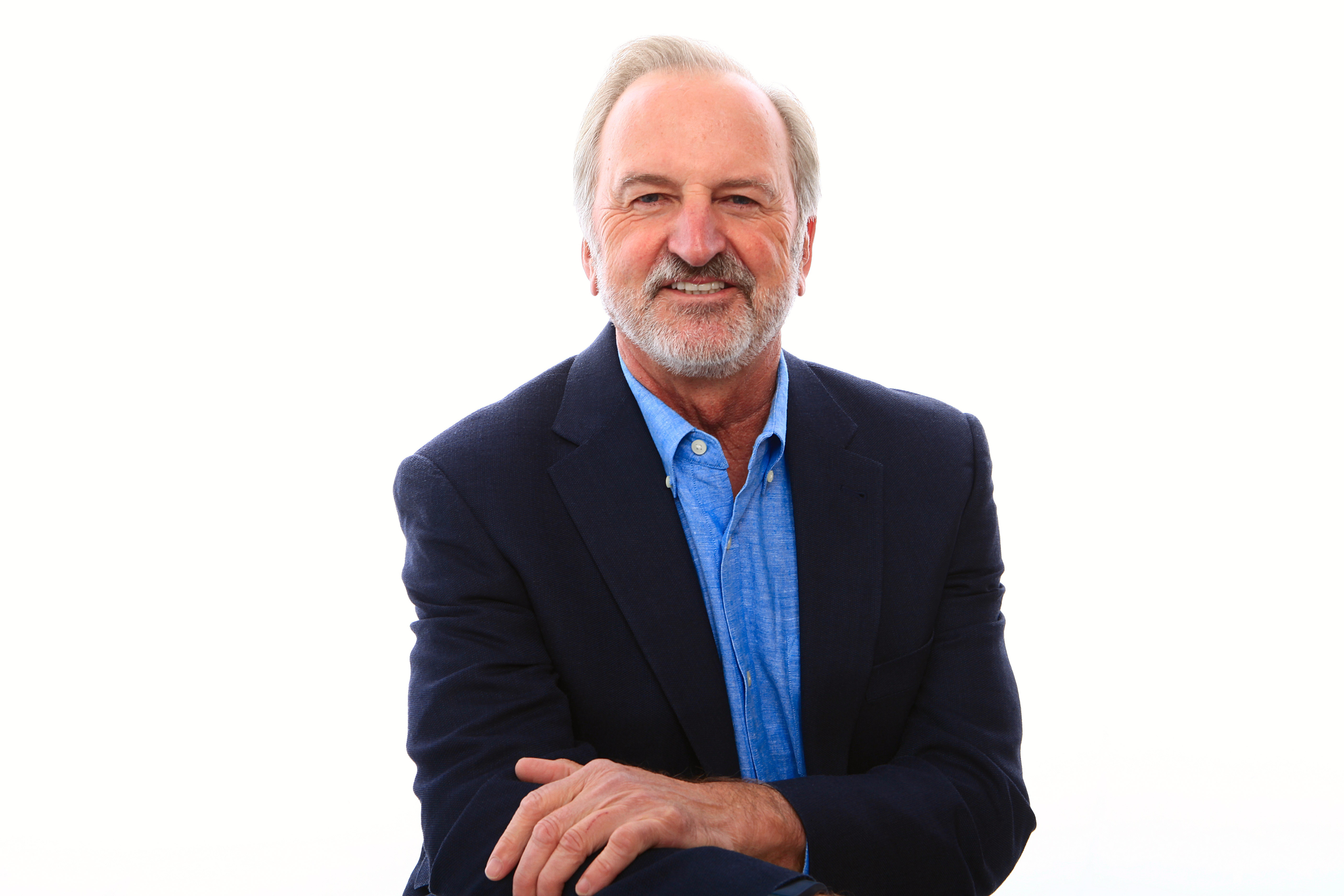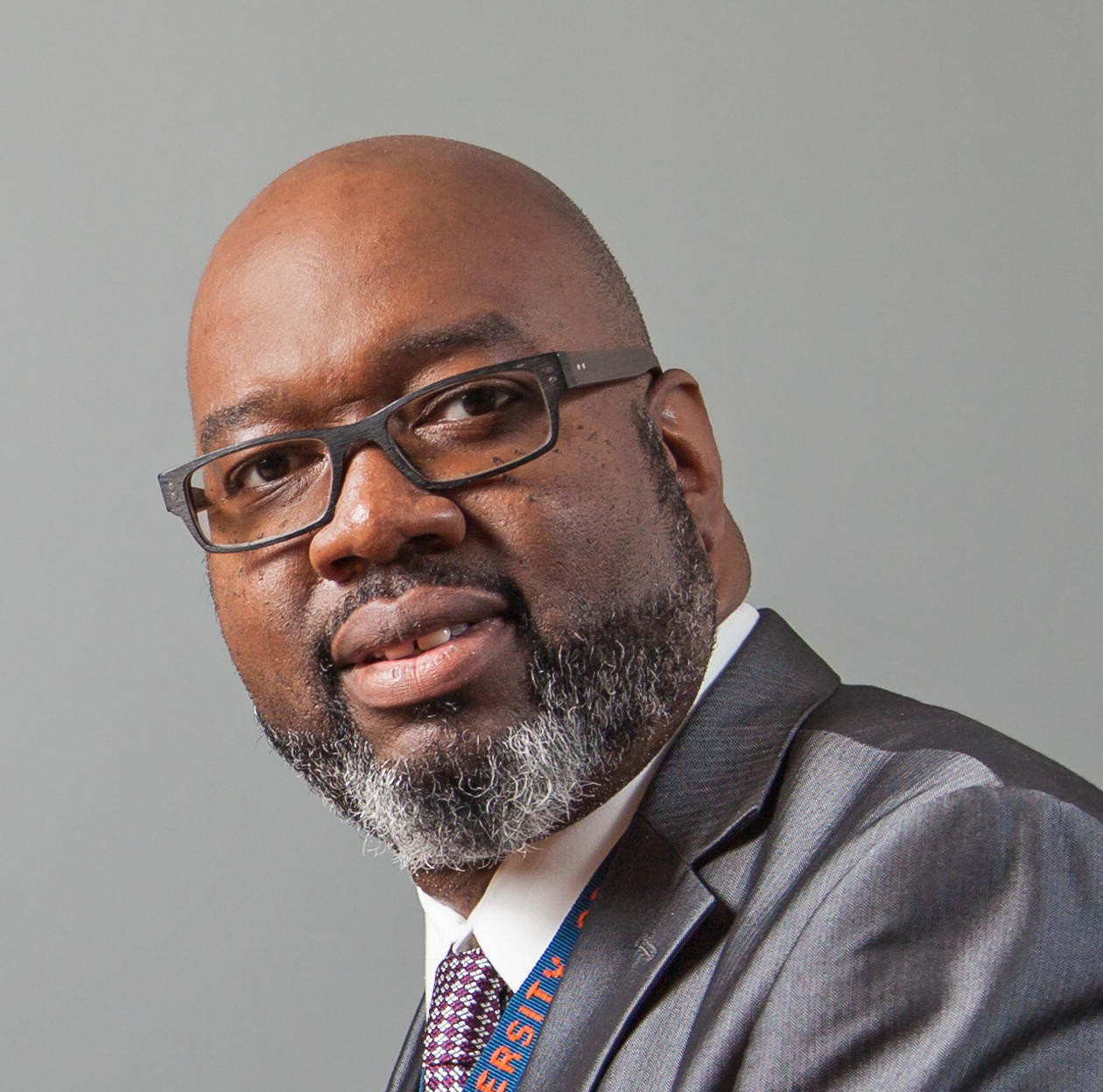ATSC 3.0 One Year On: Are Broadcasters Ready?
WASHINGTON—A year after the FCC gave U.S. broadcasters the green light to deploy ATSC 3.0, stations are ramping up their efforts to make the Next Gen TV standard a reality by 2020. Last month’s announcement of support from prominent station groups illustrated how far efforts have come in the past 12 months.
At NAB Show New York, executives from Fox Television Stations; NBC and Telemundo Owned Stations Group; Univision; TEGNA, Inc. (for Pearl TV), and Nexstar Media Group (for SpectrumCo) announced a collaborative effort to support the introduction and roll out of ATSC 3.0. There has been a growing consensus that 2020 will represent the wide rollout of the new TV standard, with the expectation of ATSC 3.0-enabled products to hit the market in time for the holiday season (see sidebar).
Station group executives touted the endorsement as an illustration--absent a government mandate--of how the broadcast industry can come together on deploying the standard in light of competition from telcos.
“One big challenge was whether the big owners of valuable spectrum could work together, commit resources, and stick to the game plan. Done, done and done," said Jack Abernethy, CEO at Fox Television Stations.
Valari Staab, president, NBCUniversal Owned Television Stations said broadcasters have to make the commitment. “ATSC 3.0 is something that as an industry we have to do,” she said. “The new standard will transform the way we deliver content to our audiences—including viewers who are consuming information in multiple languages and screens. ATSC 3.0 will also help us to better connect advertisers with the audiences they want to reach on any platform.
PEARL PROGRESSES
With last fall’s launch of the Phoenix Model Market project, designed to conduct tests to demonstrate the viability of the ATSC 3.0 ecosystem, Pearl TV, the consortium of stations involved in the lab, announced last month the addition of seven broadcasters across 10 stations in the Phoenix area, bringing the total of participating stations to 12. In addition to technical tests, Pearl TV is collecting data on how consumers interact with ATSC 3.0, as well as their preferences. Last month, it released the results of a new survey that indicated that 42 percent of those interested in ATSC 3.0 say they anticipate buying a new TV to enable and enjoy Next-Gen TV services.
Get the TV Tech Newsletter
The professional video industry's #1 source for news, trends and product and tech information. Sign up below.

Among those services are the demand for enhanced media and entertainment in the expected rollout of autonomous vehicles in the years ahead. In anticipation of that opportunity, Pearl TV also announced last month an alliance with Avis to begin testing various use cases for TV-delivered signals to passenger cars early next year.
“There are great use cases for automotive, and they are an interesting company,” said Anne Schelle, Pearl TV managing director. “They are one of the largest fleet owners of cars and certainly positioning themselves for the future of connected cars and the shared car environment.”
A TRANSFORMATION FOR THE INDUSTRY
As the next-generation broadcast TV standard, ATSC 3.0 will support several advancements including mobile viewing, 4K Ultra High Definition, high dynamic range, high frame rate, and wide color gamut picture quality, as well as immersive audio and perhaps most importantly for broadcasters’ bottom line—targeted advertising. It was designed to greatly enhance over-the-air services for viewers while bringing together broadcast and broadband functionality to give audiences more content and choice.
"ATSC 3.0 will be able bring together OTT and live linear programming together in a way not possible before," said Schelle. "This is an interesting time as there are many elements that are new to broadcasters and we have to figure out how to commercialize these in an economic and efficient way. Fortunately South Korea, which has already deployed ATSC 3.0, has been a great case study but there are many elements that will be quite different for the U.S. market."
As a new broadcast standard, ATSC 3.0 will require new hardware at both the broadcaster and consumer levels. This is why the first step will be deployment in test markets where early adopters can experience the new format, and it is easy to see why this is already being compared to the transition from analog to digital TV–but experts point out that this time it is quite different.
Some would even suggest that this isn't another "transition" at all but that in fact, the move to ATSC 3.0 could be far more transformational for broadcasters.

"We need to try to stay away from even calling it a transition," said Mark A. Aitken, vice president of advanced technology at the Sinclair Broadcast Group, which has been conducting extensive tests on the use of single frequency networks for ATSC 3.0 in Dallas. "Everything that is wrapped around this next generation standard is far more transformational. It is data agonistic IP utility and broadcasters have every opportunity to become a different kind of wireless provider rather than continuing to remain just broadcasters."
With the recent announcements from the various media groups it is also clear that this transformation process to ATSC 3.0 has already begun, but it is still very much in its earliest stages.

"We've already seen a pretty dramatic change with the momentum since it was given the go ahead by the FCC a year ago," said Marc Hand, CEO and co-founder of Public Media, a non-profit advocacy group for public broadcasting. Public Media helped Michigan State University station WKAR launch ATSC 3.0 testing in August—the first public TV station in the U.S. to do so. "We have already gone from an abstract to an early transition within a few markets. We still have much more active testing to do to get us there."
BABY STEPS
Given that this is so early in the process, there are those who would argue against the idea that this is so transformational after all, but also add that it isn't even at the transition stage.
"That is putting the cart before the horse," said Evan Fieldman, head of digital strategy at Weigel Broadcasting Co., which launched its own ATSC 3.0 facility on UHF Channel 23 in Chicago in September. "I would caution as we don't want to get ahead of ourselves. We are not moving to a transformation period, but really entering the evaluation period at this point as we're testing in a major urban market. Before we can consider the business models, we need to evaluate the benefits of 3.0."
Fieldman added that Weigel's affiliates will be watching this early test period very closely.
"If the evaluation period is a success than we can move to the transition stage, but there are many factors that are still beyond our control," Fieldman noted. "The other factor is that the transition to digital was mandatory, yet this is not, and that wasn't a walk in the park for anyone. Right now there is a lot that needs to be addressed and we need to see what is behind door number three before we enter."
At this stage there are still other significant hurdles that will need to be cleared as well, including whether ATSC 3.0 is determined to be the only game in town for bringing OTA and OTT together.

"One obstacle is really the adoption and support it is able to get, as there are other companies that are creating apps and other online solutions that are standalone and could compete with ATSC 3.0," said Renard T. Jenkins, vice president of PBS operations, engineering and distribution. "There will be those questions such as 'why make this move to ATSC 3.0 if I can do this in an app?' This is something we're going to have to figure out and even hedge our bets."
Such thinking could result in a hybrid of traditional broadcast technologies being used side-by-side with new delivery options.
"One thing to understand is that in a software environment you can change the code, but the service itself can't be disrupted during an update," added Jenkins. "So at least in the beginning we expect broadcasters will operate as a software developer while still using the traditional hardware."
For those reasons perhaps now is really an evaluation period in a great transformation of the future of TV.
"We have a long way to go," said Schelle. "We're seeing 2018 and 2019 as the development years, with 2020 and beyond being the launch years."
IP: THE GOOD AND THE BAD
Broadcasters are already going through a transformation with the convergence of OTA and OTT, as well as the role of video over IP, and ATSC 3.0 could play a significant part of it–but that won't come without its own challenges.
"This is about all the things that are sent over the internet, but also everything that comes with it," said Schelle. "That means all the good things such as delivery to a multitude of devices, but also the concerns such as hacking and other security issues. We have to protect the system, but we have to worry about the TV sets and other devices and even how the publishers will be safe from piracy as we make this change."
It is just one aspect of broadcasters transforming into tech companies and operating as such.
"Absolutely that line is simply blurred," said Kyle Walker, vice president of technology at Weigel Broadcasting. "We have been having this conversation for the past 15 years and today's broadcast engineer has to have a strong IT mindset to address the business models of today. Broadcasters and the IT group operate now under the same mindset."
ATSC 3.0 will play a crucial role in this transformation at all levels for broadcasters.
"This IP-based platform will change how departments work in stations, and that promises to be more of a fundamental change that wasn't nearly as impactful in the digital transition," said Public Media's Hand. "This could include how stations utilize data analysis, which was in its own silo. Now we're going to see this playing a greater role. It is just one of the whole range of services that can be more effective, but there are all sorts of things that could play out on the consumer side and the business-to-business side."
Perhaps this will transform the traditional broadcast into something entirely new as well, such as a wireless operator or utility. What is clear is that ATSC 3.0 is just part of a future that could be very different for the broadcast world.
"ATSC 3.0 opens the door to distribute content on many platforms and not just video and audio," said Aitken. "This can include data content and you can rattle off a list of what could now be sent out from PDFs to high resolution maps and so much more."
However, Aitken warned that not everyone in the broadcast industry is completely sold on the benefits of ATSC 3.0 at this point. "You won't find this universally embraced by those comrades I dubbed 'televisioners,' who are too focused on a single product and are not looking for the transformational future,” he said. “But the consolidation within the broadcast universe is gaining speed and we have to accept the future beyond TV as an over-the-air medium. Broadcasting is now sitting in the middle of the broadband universe."
Sidebar
Consumer Electronics and ATSC 3.0: Is the Support There?
Any transition or transformation in the world of broadcast will face a "chicken and egg" scenario—stations may not be eager to support ATSC 3.0 until viewers are capable of actually receiving the content with new consumer electronics products; while potential viewers won't purchase the next generation of devices until content is available.

Three of the world’s largest manufacturers of TV sets--LG and Samsung of S. Korea and Sony of Japan--have long been involved in the development of the Next Gen TV standard and all three companies chimed in with station groups in the announcement of their support for ATSC 3.0 last month. Sony announced that it will supply TVs, demodulators and application development tools while also collaborating with broadcasters and other industry players in testing both technical solutions and service models. LG, in particular, is actively marketing the standard in its home country.
"We're not starting from a clean slate this time," said John Taylor, spokesperson for LG Electronics USA Inc. "Dual tuners are already being sold in South Korea."
Yet, 2019 shouldn't be considered the launch year, as broadcasters and CE makers will have to build the ecosystem, and until there is a critical mass of stations supporting ATSC 3.0 there will only be a limited number of products on the market.
For comprehensive coverage on ATSC 3.0, visit TV Technology's ATSC3 silo.
